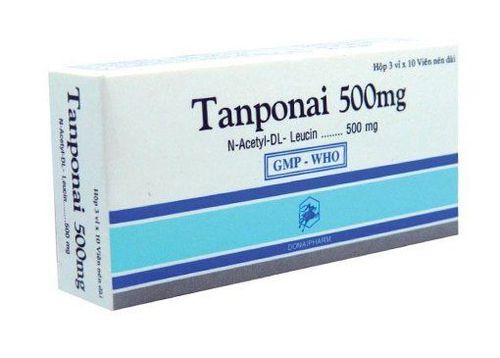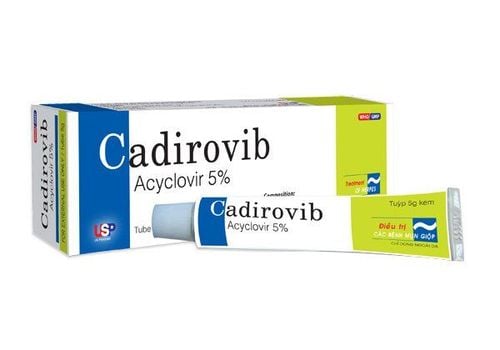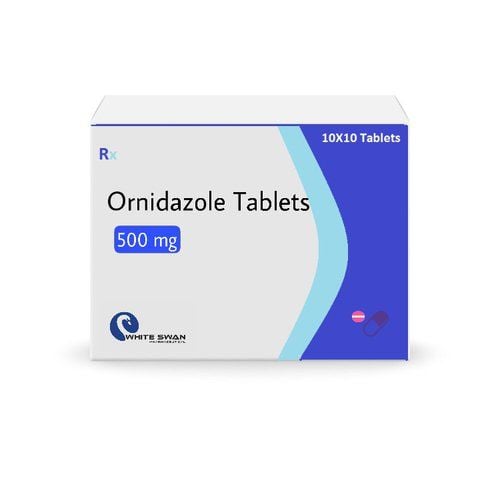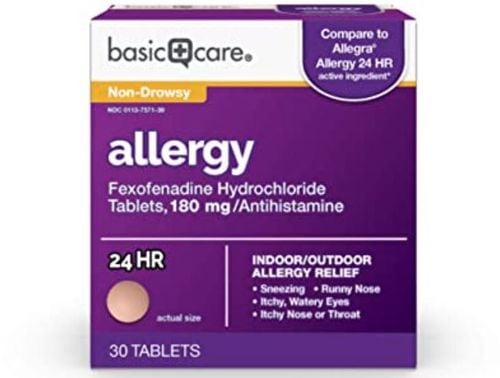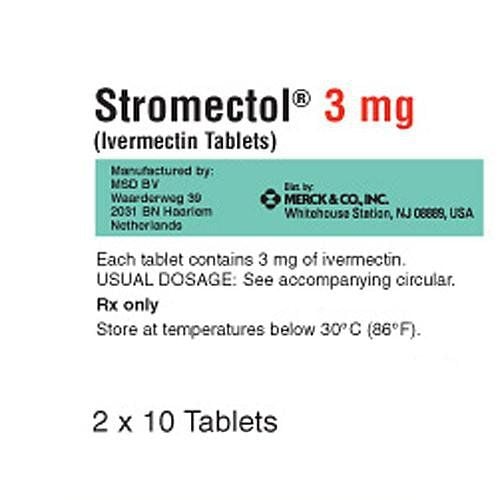This is an automatically translated article.
Ankle dermatitis is a common summer disease around the world. The disease is caused by parasites and manifests as itching, rash and possibly dermatitis of the feet. In most cases, the rash will go away on its own without complications.
1. What is ankylosing spondylitis?
Ankle dermatitis, also known as swimming itch, is an itchy rash caused by a small parasite. Patients are infected when swimming or wading in freshwater lakes and ponds contaminated with parasites. Common hosts of the parasite are waterfowl and rodents. After the parasite is excreted from the waterfowl or rodent, it enters the snail and continues to grow. It then leaves the snail and comes into contact with human skin. This parasite cannot penetrate the bloodstream or deeper tissues, but it can cause an uncomfortable itchy rash when burrowing into the skin.
The rash begins to itch and appears while still in the water. After a few hours, the itching and rash disappear. However, about 10–15 hours after the initial rash, the nodules and itching return. The rash appears as small, itchy red bumps that can turn into blisters. The disease usually clears up within a week.
2. What are the symptoms of ankylosing spondylitis?
If swimming or wading in water contaminated with parasites, symptoms may be experienced such as:
Tingling, burning or itching on the skin exposed to the parasite Small, red blisters Rare skin blisters Itching is a allergic reaction to the parasite. The more often you swim in contaminated water, the worse your symptoms may get with each swim. In addition, some people may be more sensitive to the parasite. Itching can last up to several days. The rash is located only on areas of skin exposed to water. It is important to try not to scratch, as scratching can lead to a skin infection.
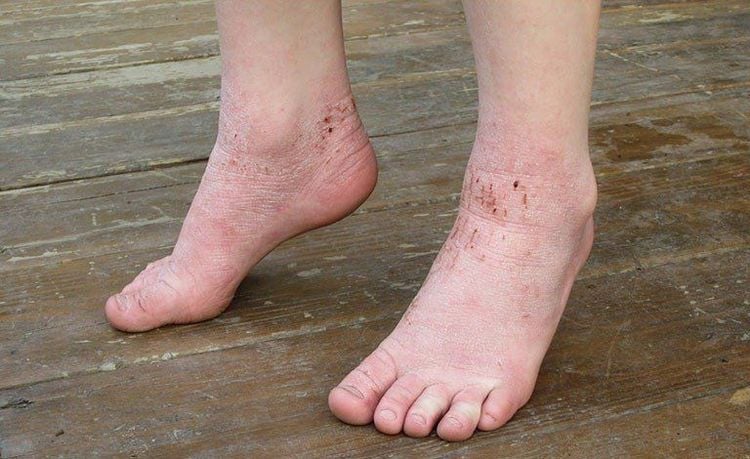
Ngứa ran, nổi mụn nhỏ là những triệu chứng viêm da cổ chân
3. Causes of ankle dermatitis?
Ankle dermatitis caused by a parasite that burrows into the skin. Parasites cannot live in the human body, but live in the blood of waterfowl and some animals that live near water. The birds or animals then pass the eggs of the parasites into the water through their feces. When the parasite's eggs hatch in the water, the larvae swim around trying to find their second host, a snail. After the parasite infects the snail and grows in it, the snail excretes a second form of parasitic larva into the water. These tiny larvae, called cercariae, swim around looking for waterfowl or other aquatic animals to start the cycle over. These larvae live for only about 24 hours and hunt for a suitable host to continue their life cycle. Swimmers in contaminated water are only accidentally infected when the parasite, in its infectious stage, is looking for its natural host.
4. How to diagnose ankylosing spondylitis?
Ankle dermatitis can be difficult to distinguish from other skin reactions, such as insect bites, poison ivy, jellyfish stings, or bacterial infections. Questions to help with the diagnosis may include:
When did the rash start? Have you been swimming or wading in freshwater recently? Do other people in the water have a rash? In addition, it is necessary to explore the medical history, allergy history as well as the drugs and supplements being used. If the itching is severe, a stronger prescription may be needed.
5. How to treat ankle dermatitis?
Most of the time, you can use home treatments to soothe the itching caused by the rash. Remedies to relieve itching include:
Apply anti-itch lotion or corticosteroid cream, aloe vera gel Cold compress Bath with colloidal oatmeal, baking soda or Epsom salt Antihistamines Do not scratch, as there are can tear the skin and prevent the wound from healing. Wear cool clothes
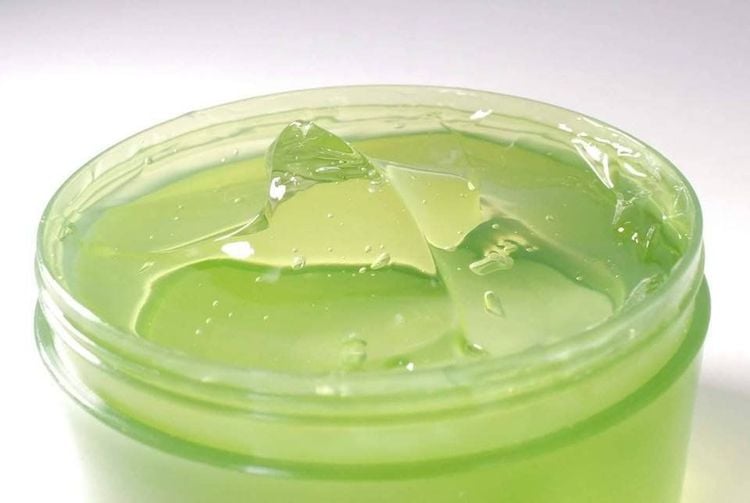
Gel lô hội giúp khắc phục ngứa
6. Prevention of ankle dermatitis
If you swim in contaminated fresh water there is a risk of itching. Swimming in shallow water near the coast is also risky as this is where the larvae are most abundant. Children are at high risk because they wade and play close to shore. If you've had an itch from swimming before, you're likely to have a worse reaction on your next exposure.
Swimming itch is not contagious, but it can cause itching and discomfort. Therefore, it is important to note that as long as the water is well maintained, chlorinated pools are safe to swim in and pose no itching risk to swimmers. Also, avoid swimming or wading in places where it was previously known that many people itch from swimming.
In a nutshell, ankylosing spondylitis, aka swimming pruritus, is a common summer illness. Most rashes will go away on their own without complications. Although it can be difficult to control a parasitic infection in some bodies of water, swimmer's itch is not a serious medical condition. The most effective prevention is to choose a place to swim that is clean, avoid polluted water or where someone has had an itch from swimming.
Please dial HOTLINE for more information or register for an appointment HERE. Download MyVinmec app to make appointments faster and to manage your bookings easily.
Reference source: healthline.com




